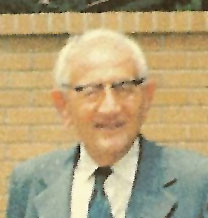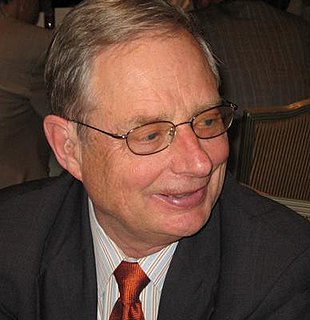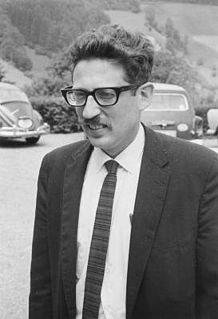Related Research Articles

George Pólya was a Hungarian mathematician. He was a professor of mathematics from 1914 to 1940 at ETH Zürich and from 1940 to 1953 at Stanford University. He made fundamental contributions to combinatorics, number theory, numerical analysis and probability theory. He is also noted for his work in heuristics and mathematics education. He has been described as one of The Martians.

Carl Gustav Jacob Jacobi was a German mathematician who made fundamental contributions to elliptic functions, dynamics, differential equations, determinants, and number theory. His name is occasionally written as Carolus Gustavus Iacobus Iacobi in his Latin books, and his first name is sometimes given as Karl.

Harold Calvin Marston Morse was an American mathematician best known for his work on the calculus of variations in the large, a subject where he introduced the technique of differential topology now known as Morse theory. The Morse–Palais lemma, one of the key results in Morse theory, is named after him, as is the Thue–Morse sequence, an infinite binary sequence with many applications. In 1933 he was awarded the Bôcher Memorial Prize for his work in mathematical analysis.

Serge Lang was a French-American mathematician and activist who taught at Yale University for most of his career. He is known for his work in number theory and for his mathematics textbooks, including the influential Algebra. He received the Frank Nelson Cole Prize in 1960 and was a member of the Bourbaki group.

Harold Davenport FRS was an English mathematician, known for his extensive work in number theory.

Oskar Perron was a German mathematician.

Richard Peter Stanley is an Emeritus Professor of Mathematics at the Massachusetts Institute of Technology, in Cambridge, Massachusetts. From 2000 to 2010, he was the Norman Levinson Professor of Applied Mathematics. He received his Ph.D. at Harvard University in 1971 under the supervision of Gian-Carlo Rota. He is an expert in the field of combinatorics and its applications to other mathematical disciplines.
John William Scott "Ian" Cassels, FRS was a British mathematician.

Irving Kaplansky was a mathematician, college professor, author, and musician.

Phillip Augustus Griffiths IV is an American mathematician, known for his work in the field of geometry, and in particular for the complex manifold approach to algebraic geometry. He was a major developer in particular of the theory of variation of Hodge structure in Hodge theory and moduli theory. He also worked on partial differential equations, coauthored with Shiing-Shen Chern, Robert Bryant and Robert Gardner on Exterior Differential Systems.

Herbert Saul Wilf was a mathematician, specializing in combinatorics and graph theory. He was the Thomas A. Scott Professor of Mathematics in Combinatorial Analysis and Computing at the University of Pennsylvania. He wrote numerous books and research papers. Together with Neil Calkin he founded The Electronic Journal of Combinatorics in 1994 and was its editor-in-chief until 2001.

Robert Vaughan Moody, is a Canadian mathematician. He is the co-discover of Kac–Moody algebra, a Lie algebra, usually infinite-dimensional, that can be defined through a generalized root system.

Daniel J. Kleitman is an American mathematician and professor of applied mathematics at MIT. His research interests include combinatorics, graph theory, genomics, and operations research.
Lipman "Lipa" Bers was a Latvian-American mathematician, born in Riga, who created the theory of pseudoanalytic functions and worked on Riemann surfaces and Kleinian groups. He was also known for his work in human rights activism.
Audrey Anne Terras is an American mathematician who works primarily in number theory. Her research has focused on quantum chaos and on various types of zeta functions.

Dominique Foata is a mathematician who works in enumerative combinatorics. With Pierre Cartier and Marcel-Paul Schützenberger he pioneered the modern approach to classical combinatorics, that lead, in part, to the current blossoming of algebraic combinatorics. His pioneering work on permutation statistics, and his combinatorial approach to special functions, are especially notable.
Henry P. McKean, Jr. is an American mathematician at New York University. He works in various areas of analysis. He obtained his PhD in 1955 from Princeton University under William Feller.
Nolan Russell Wallach is a mathematician known for work in the representation theory of reductive algebraic groups. He is the author of the 2-volume treatise Real Reductive Groups.
Halsey Lawrence Royden Jr. was an American mathematician, specializing in complex analysis on Riemann surfaces, several complex variables, and complex differential geometry. Royden is the author of a popular textbook on Real Analysis.
Shmuel Friedland is an Israeli-American mathematician.